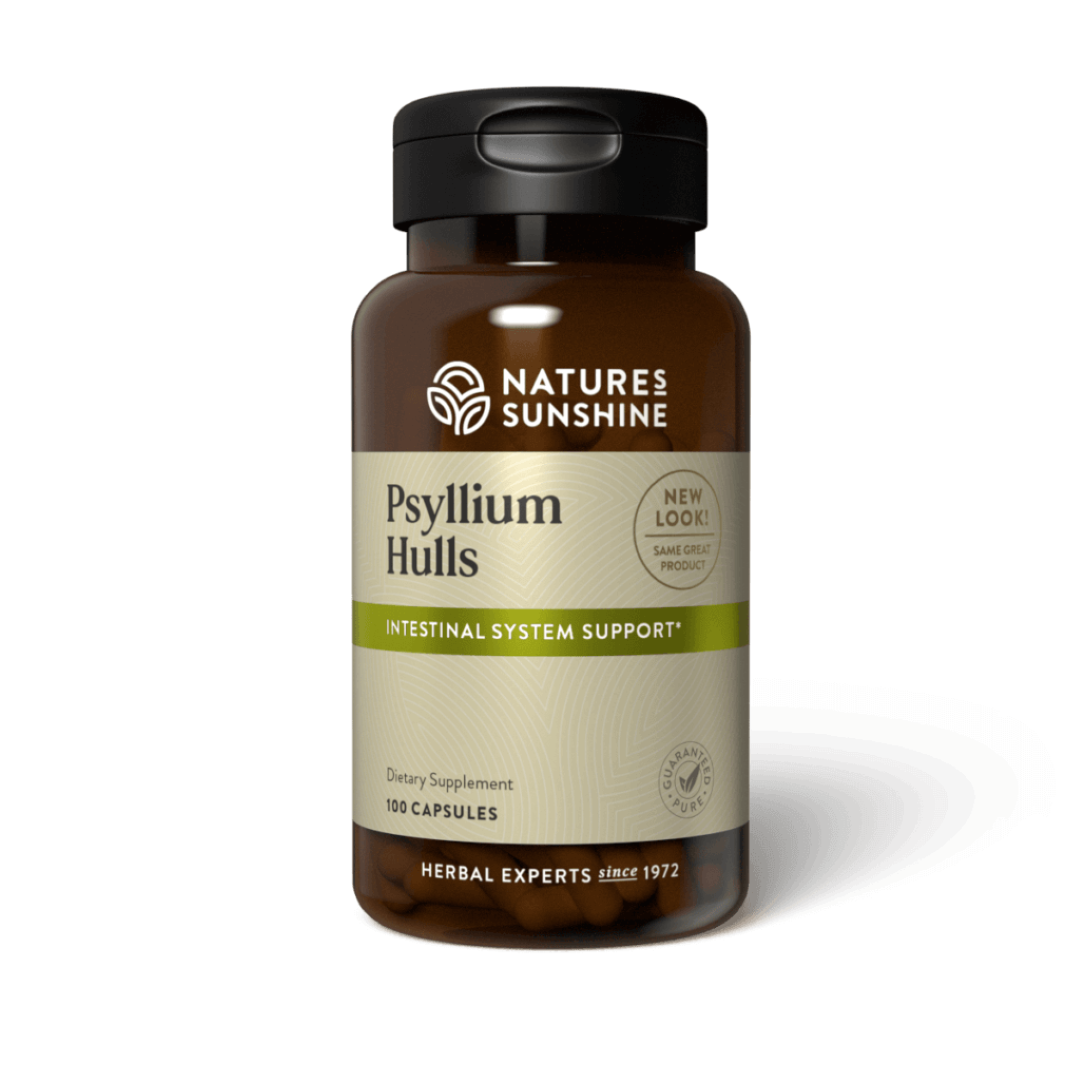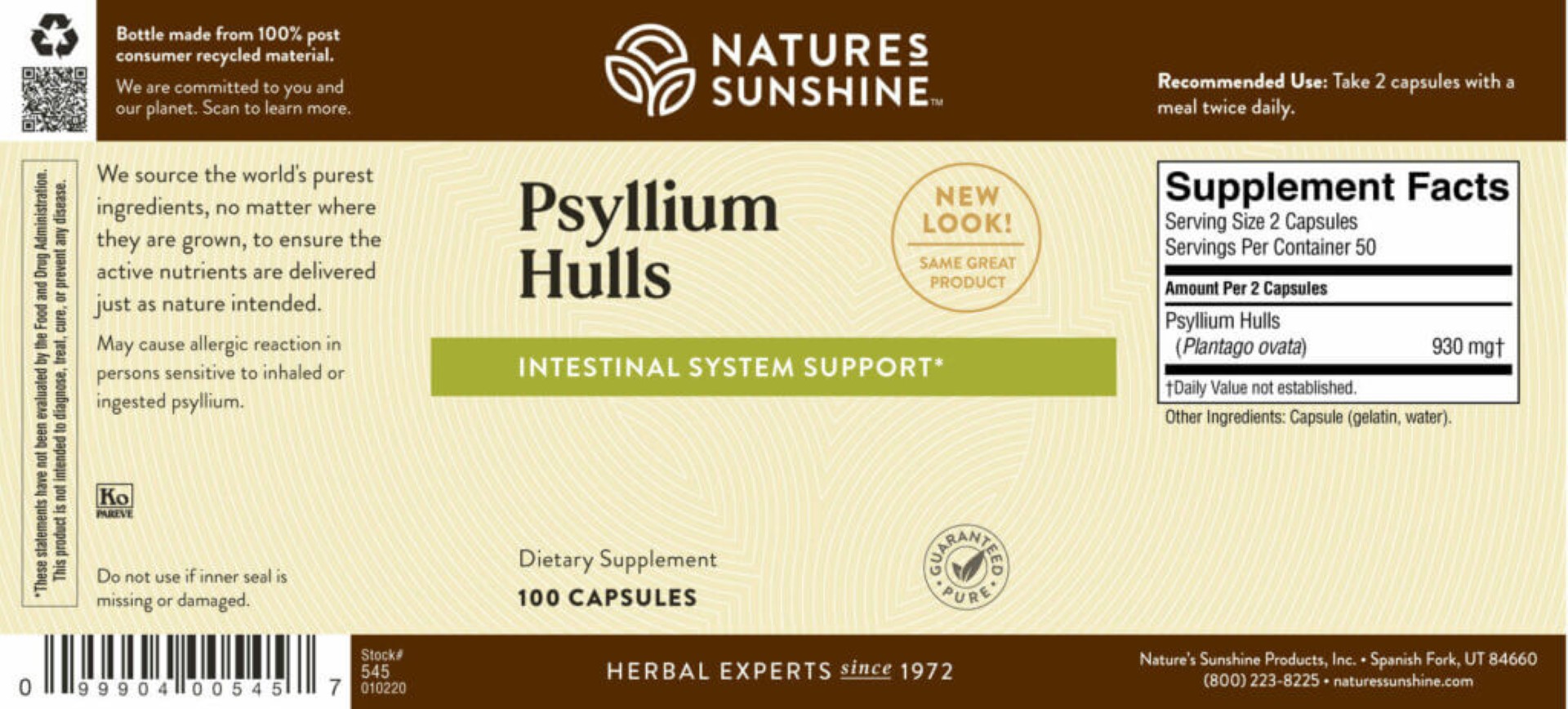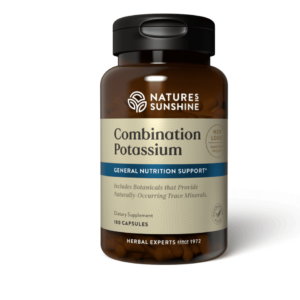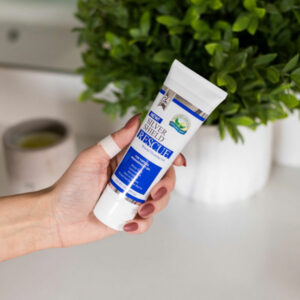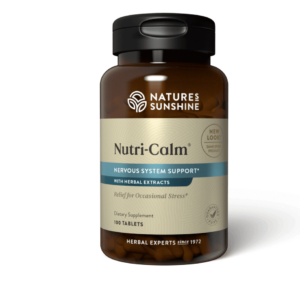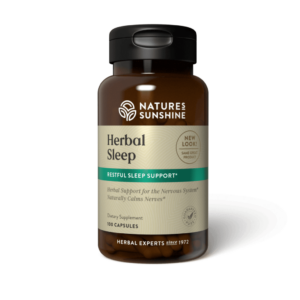Why Psyllium Hulls?
We get our non-GMO-certified psyllium from a trusted partner in northwest India where the climate is perfect for this crop. There, local farmers sow it in spring as long as the monsoon rains don’t threaten. After harvest, plants are processed nearby, and the seeds are taken to local markets for trade with companies that harvest the tiny hulls. The fair pricing agreements we have in place via our partner allow growers to provide for their families.
Psyllium hulls have been part of Traditional Ayurvedic Medicine for hundreds of years. This member of the plantain family gets its name from the Greek word for flea…no doubt because the seeds look a bit like a giant flea party. The psyllium shrub has a base of thin, green leaves and skinny stems topped by elongated green heads that turn white with tiny blossoms and then brown. It grows all over the world and is native to Asia and the Mediterranean region. It is most commonly found in the sandy soils of India, but it grows well in the more arid parts of the US, including the southwest and drier Rocky Mountain states. Because it swells in liquid, psyllium has sometimes been used as a thickening agent in ice cream. People have also been known to bake it into bread and pasta.
INGREDIENTS
Psyllium hulls
RECOMMENDED USAGE
Take 2 capsules with at least 8 oz. water with a meal twice daily.

